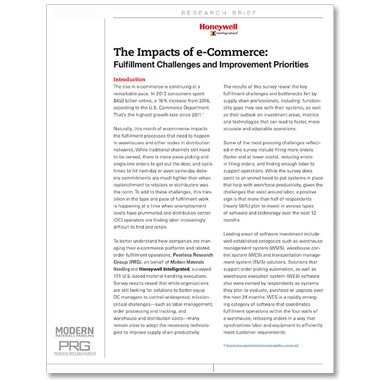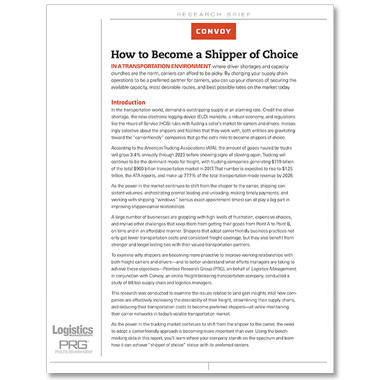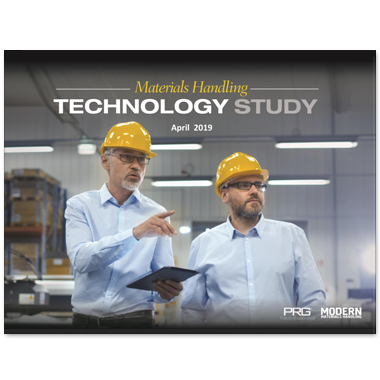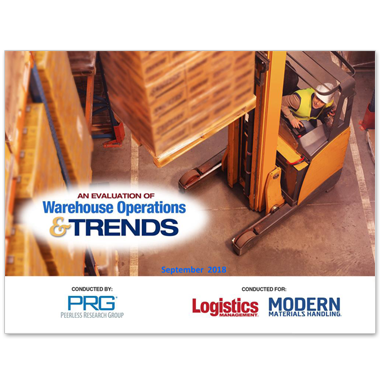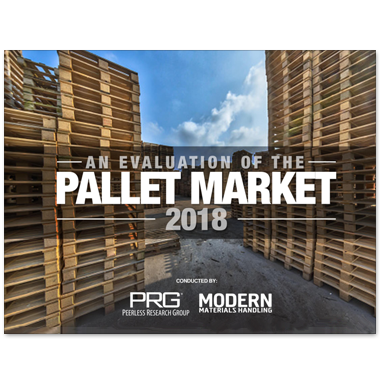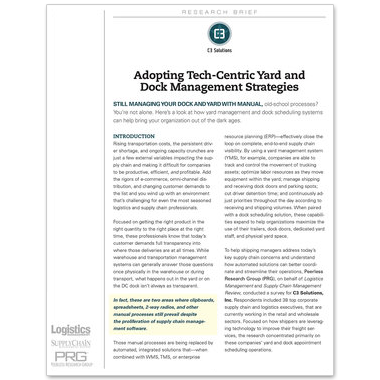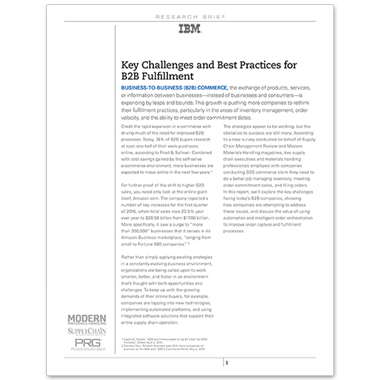The rise in e-commerce is continuing at a remarkable pace. In 2017, consumers spent $453 billion online, a 16% increase from 2016, according to the U.S. Commerce Department. That’s the highest growth rate since 2011.
Naturally, this march of e-commerce impacts the fulfillment processes that need to happen in warehouses and other nodes in distribution networks. While traditional channels still need to be served, there is more piece picking and single-line orders to get out the door, and cycle times to hit next-day or even same-day delivery commitments are much tighter than when replenishment to retailers or distributors was the norm. To add to these challenges, this transition in the type and pace of fulfillment work is happening at a time when unemployment levels have plummeted and distribution center (DC) operators are finding labor increasingly difficult to find and retain.
To better understand how companies are managing their e-commerce platforms and related order fulfillment operations, Peerless Research Group (PRG), on behalf of Modern Materials Handling and Honeywell Intelligrated, surveyed 171 U.S.-based material handling executives. Survey results reveal that while organizations are still looking for solutions to better equip DC managers to control widespread, mission critical challenges—such as labor management, order processing and tracking, and warehouse and distribution costs many remain slow to adopt the necessary technologies to improve supply chain productivity.



